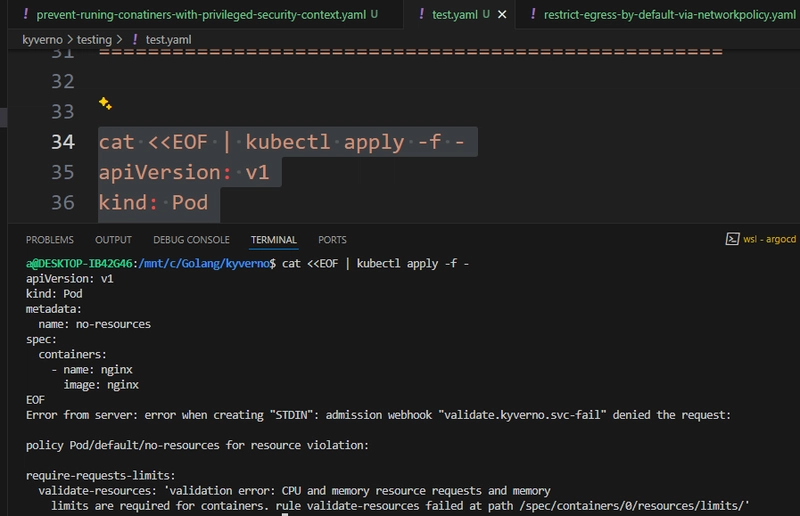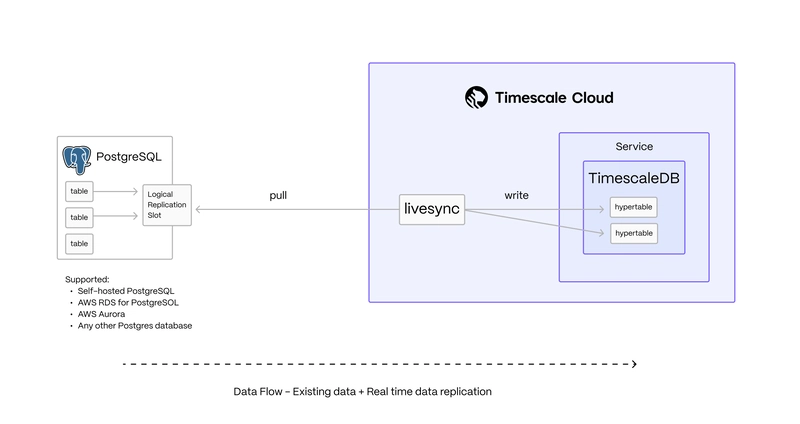Starlink’s got company — and orbital overcrowding is a disaster waiting to happen
On the evening of April 28th, Amazon embarked on its latest venture to rival SpaceX Starlink: the first launch of its Project Kuiper satellites. With 27 satellites now in orbit around the Earth, Amazon joins a growing number of companies working to put more than 1,000 satellites each into space to create their own mega […]


On the evening of April 28th, Amazon embarked on its latest venture to rival SpaceX Starlink: the first launch of its Project Kuiper satellites. With 27 satellites now in orbit around the Earth, Amazon joins a growing number of companies working to put more than 1,000 satellites each into space to create their own mega constellation. With all of these objects in orbit, the dangers of overcrowding are increasing, and if any of these objects were to collide, the results could be disastrous.
Aside from Amazon and SpaceX, UK-based OneWeb, which merged with French satellite operator Eutelsat in 2023, has its own constellation, and there are several planned by Chinese companies, too. There is the Chinese government-backed Guowang mega constellation, which began its launches last year but remains veiled in secrecy, as well as the commercial Qianfan or Thousand Sails project, which began launches in 2023 and plans to place a total of up to 15,000 satellites in orbit.
A recent report from the European Space Agency (ESA) found that over 2,500 objects were launched into low-Earth orbit in 2024, more than five times the number of objects launched in any year prior to 2020. The major chunk o …













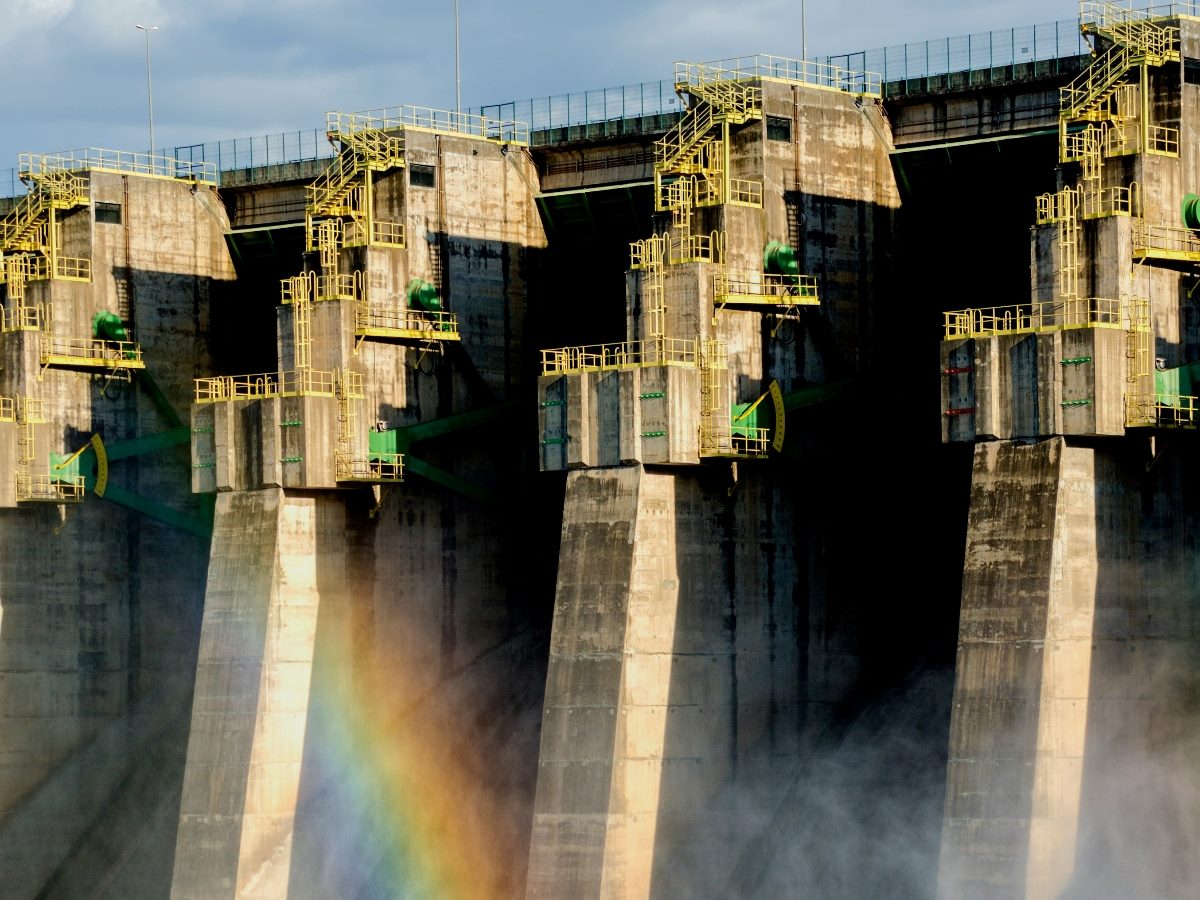







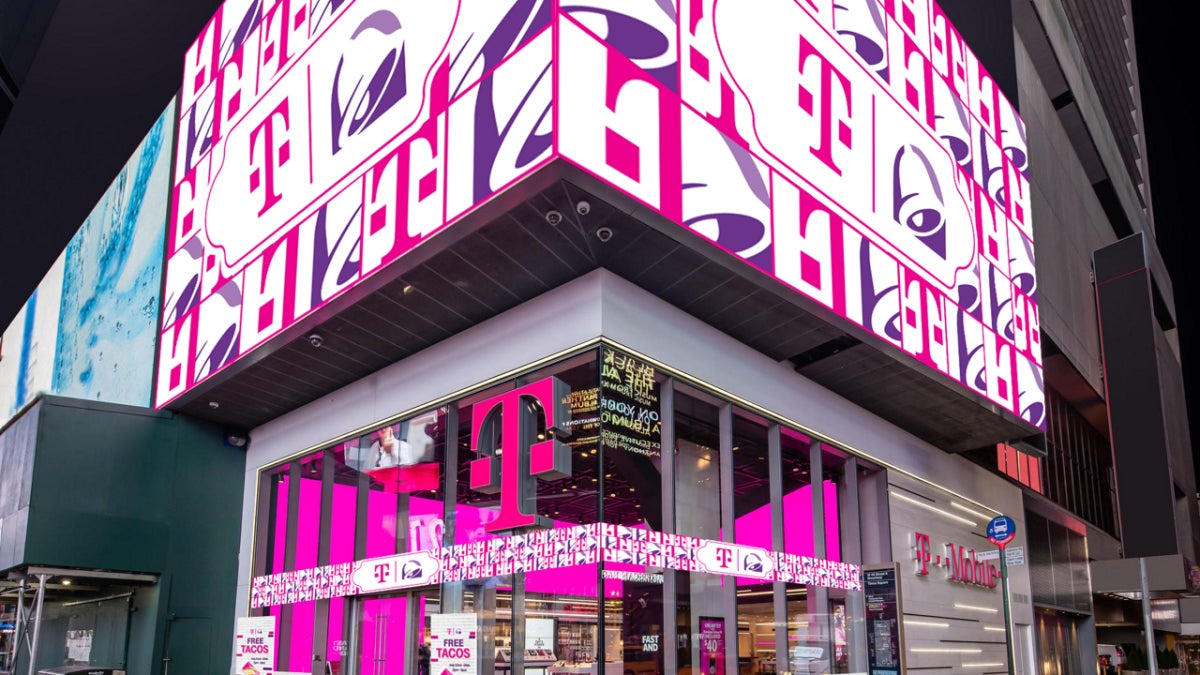
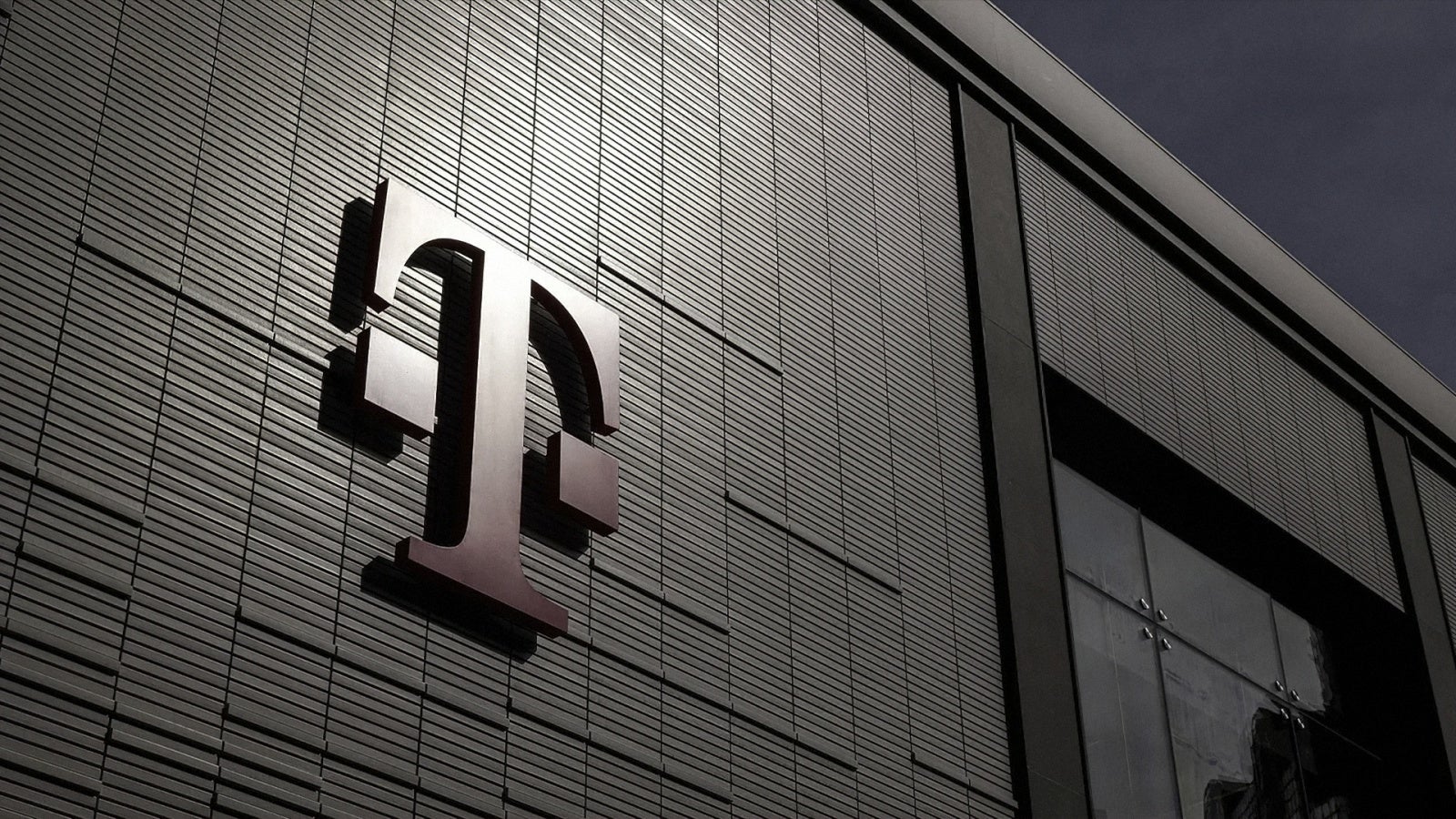


















































![Standalone Meta AI App Released for iPhone [Download]](https://www.iclarified.com/images/news/97157/97157/97157-640.jpg)

![Apple Seeds watchOS 11.5 Beta 4 to Developers [Download]](https://www.iclarified.com/images/news/97147/97147/97147-640.jpg)
















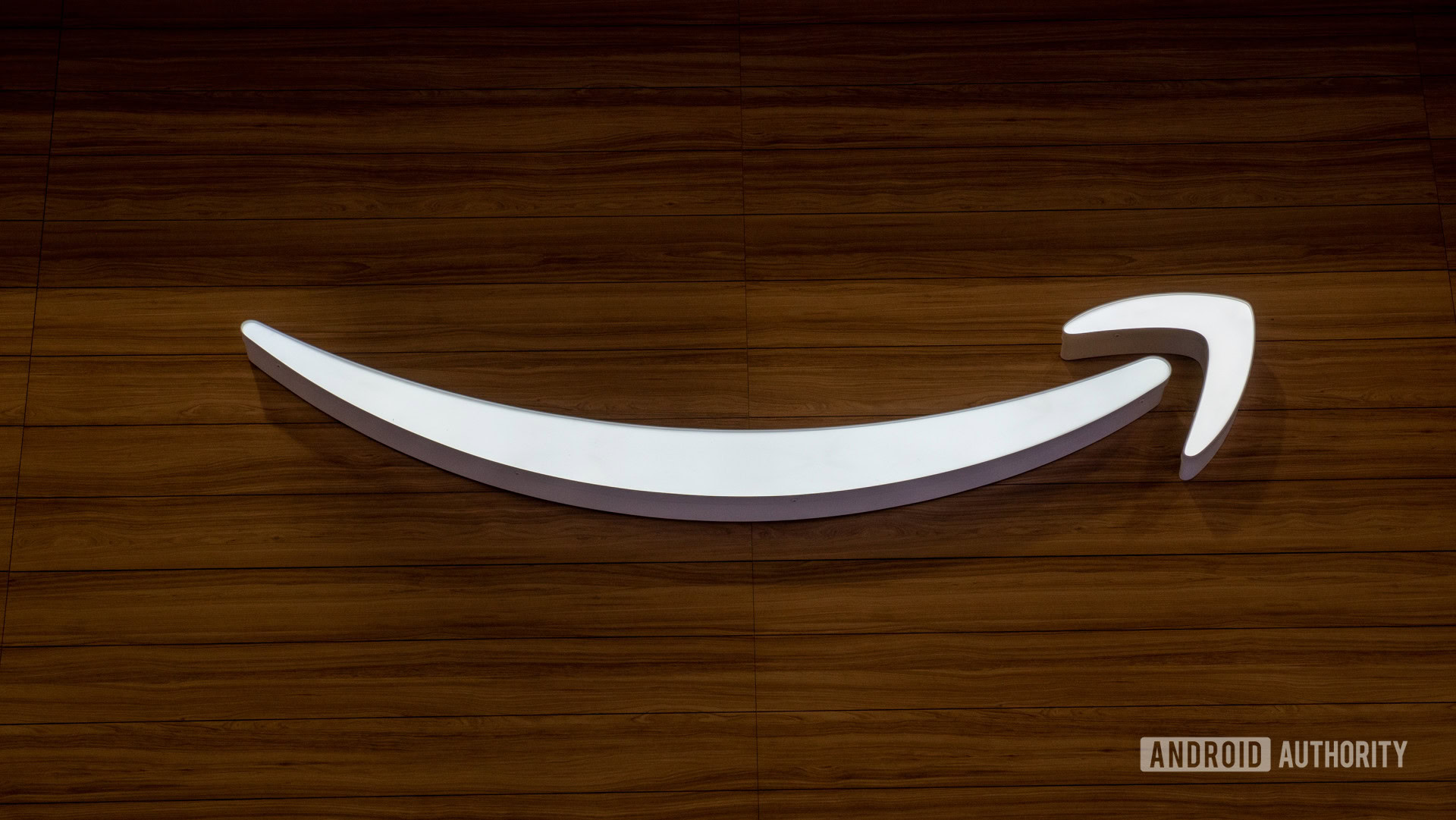
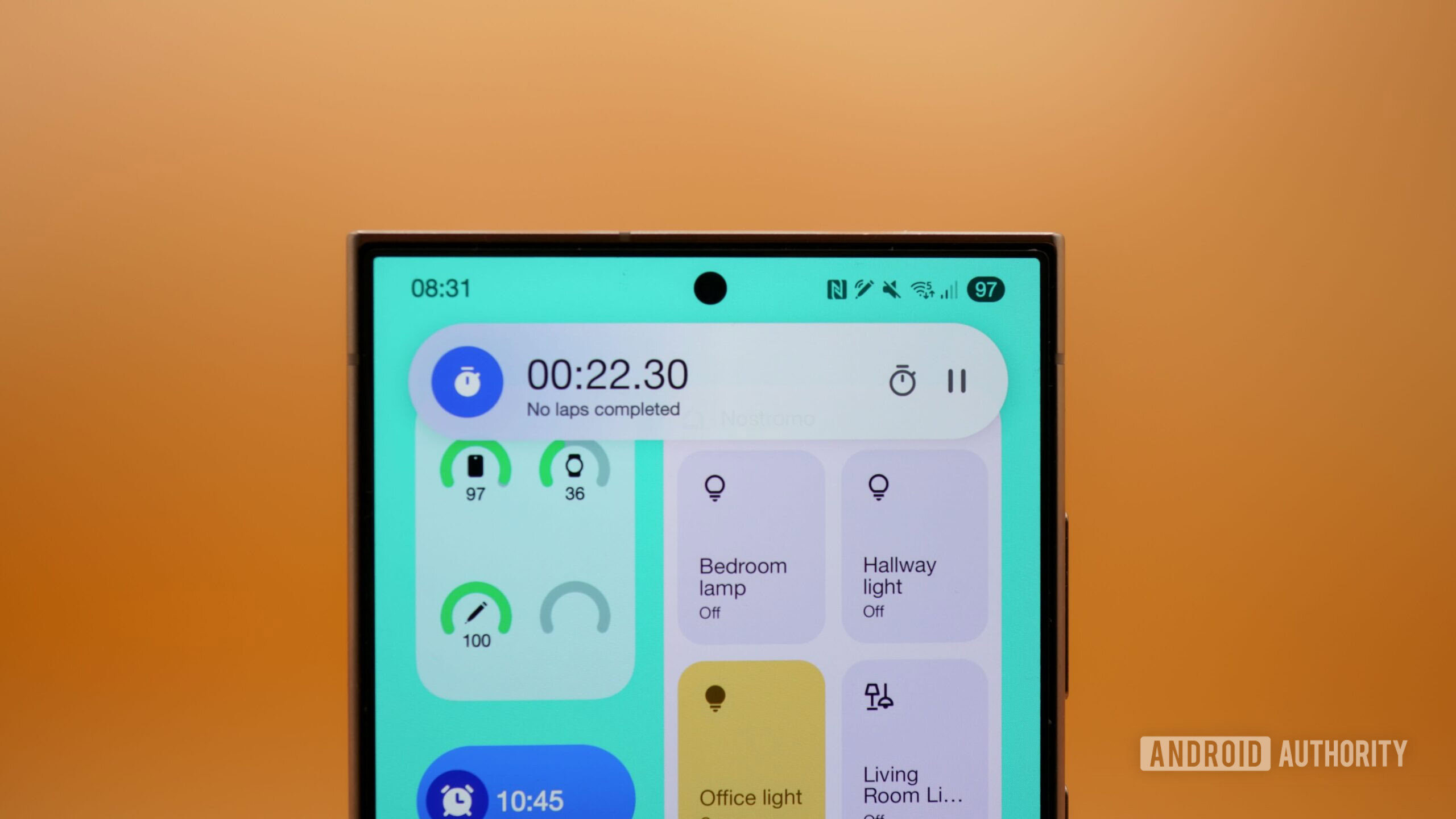

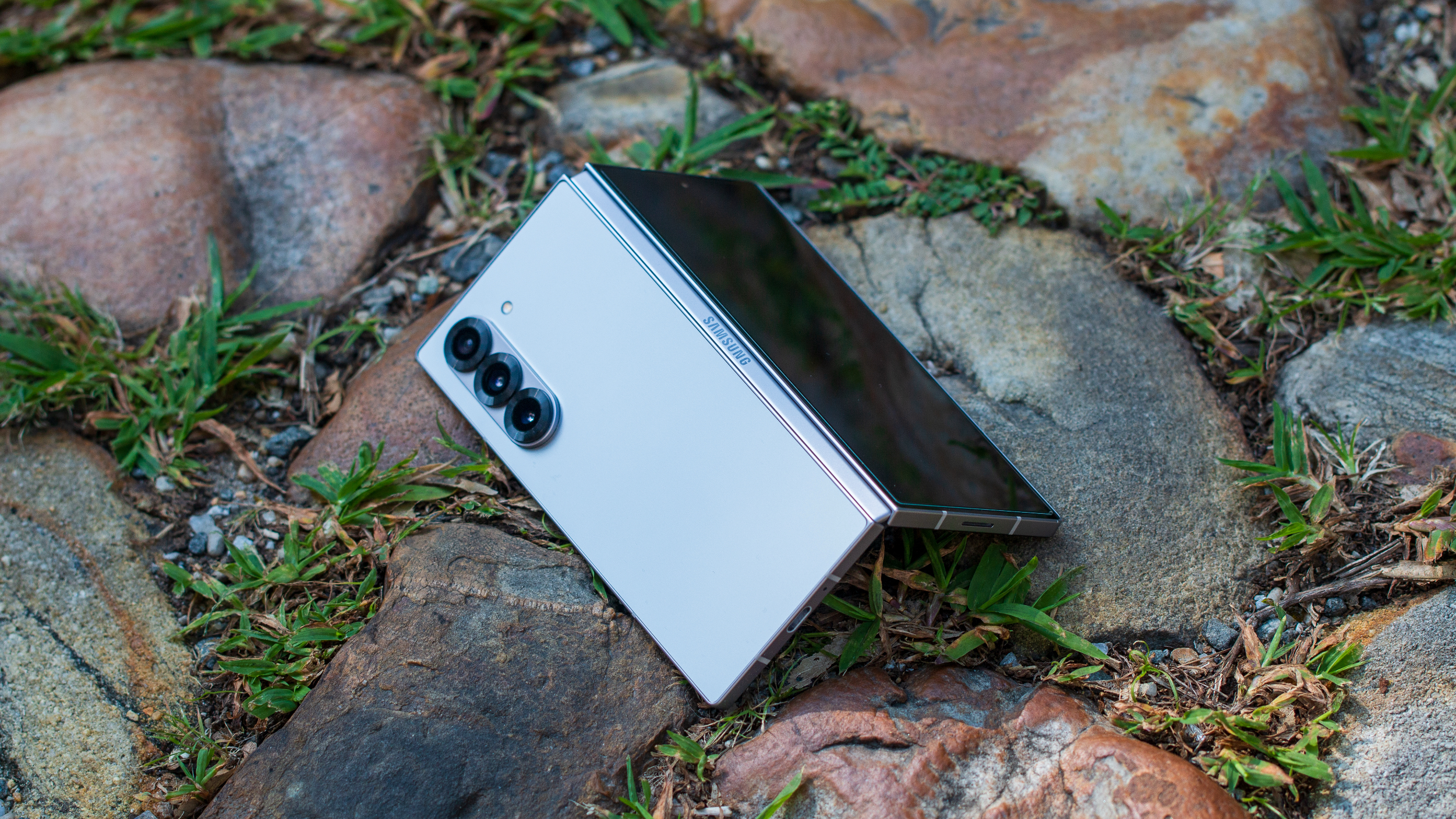









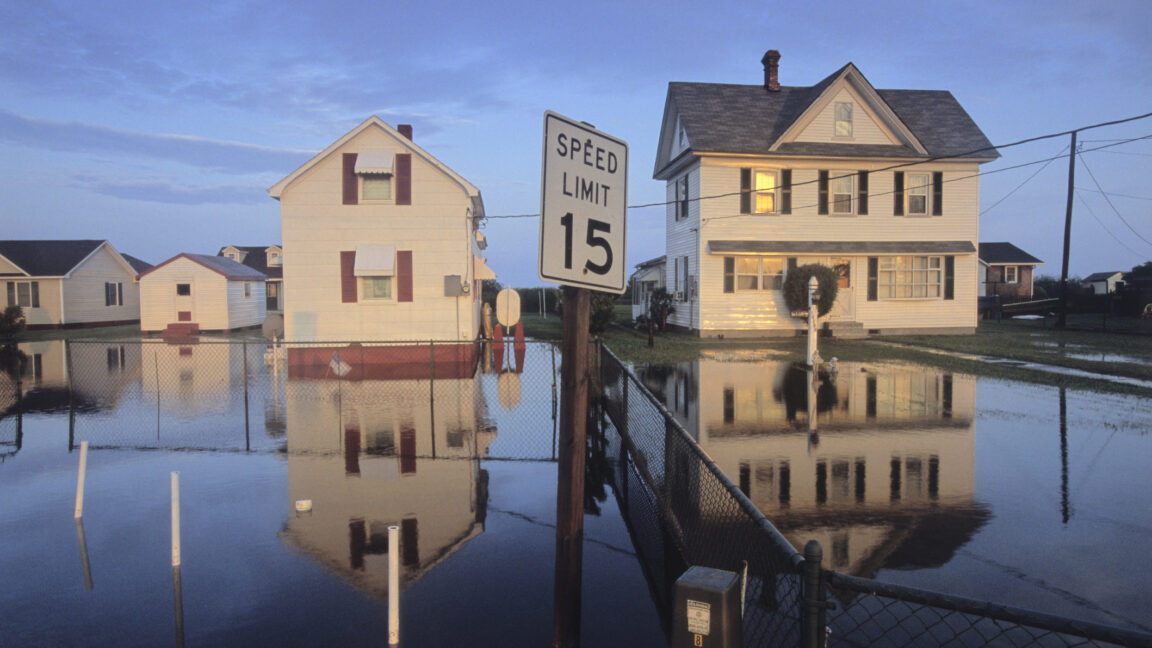




































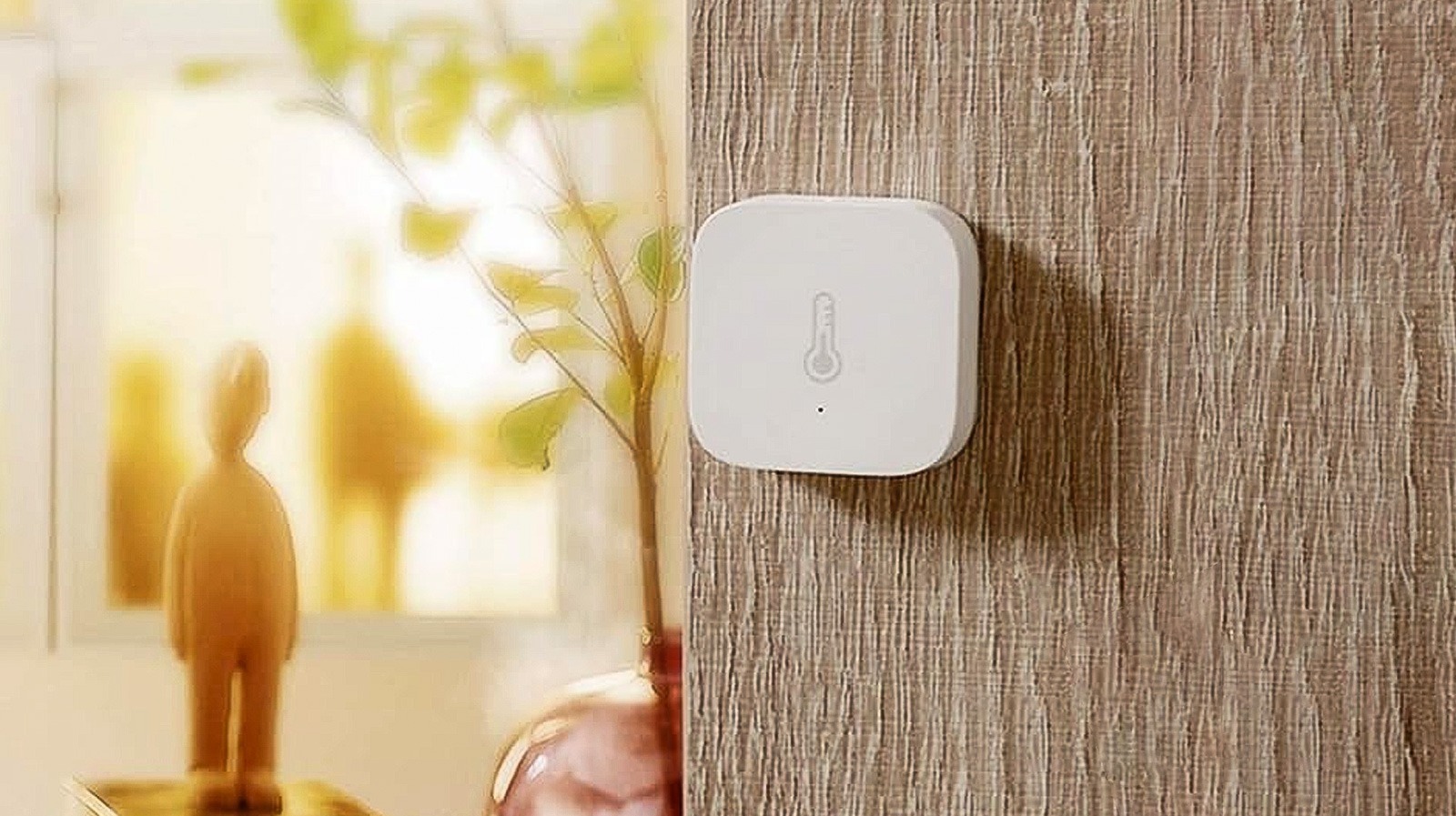

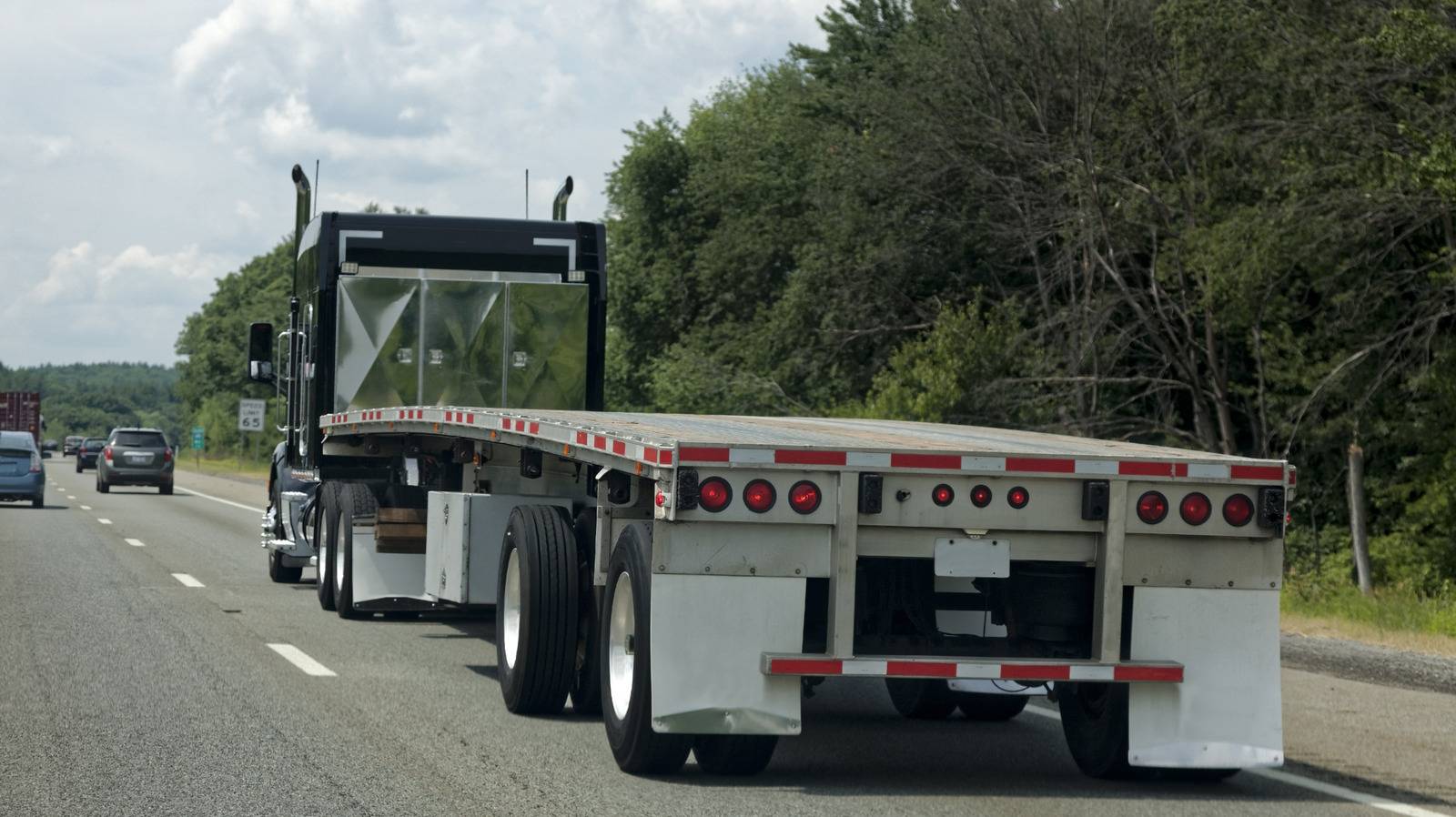




































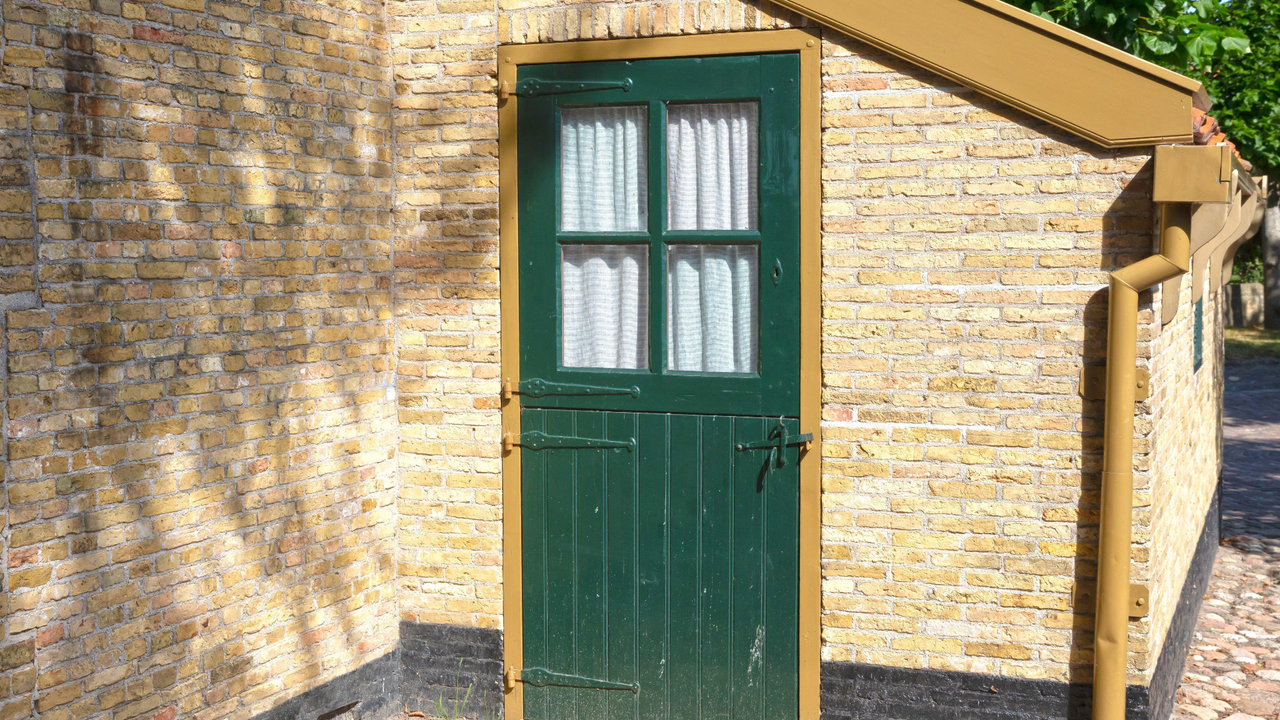
_Vladimir_Stanisic_Alamy.jpg?width=1280&auto=webp&quality=80&disable=upscale#)


























































































































![[The AI Show Episode 145]: OpenAI Releases o3 and o4-mini, AI Is Causing “Quiet Layoffs,” Executive Order on Youth AI Education & GPT-4o’s Controversial Update](https://www.marketingaiinstitute.com/hubfs/ep%20145%20cover.png)

















































































































